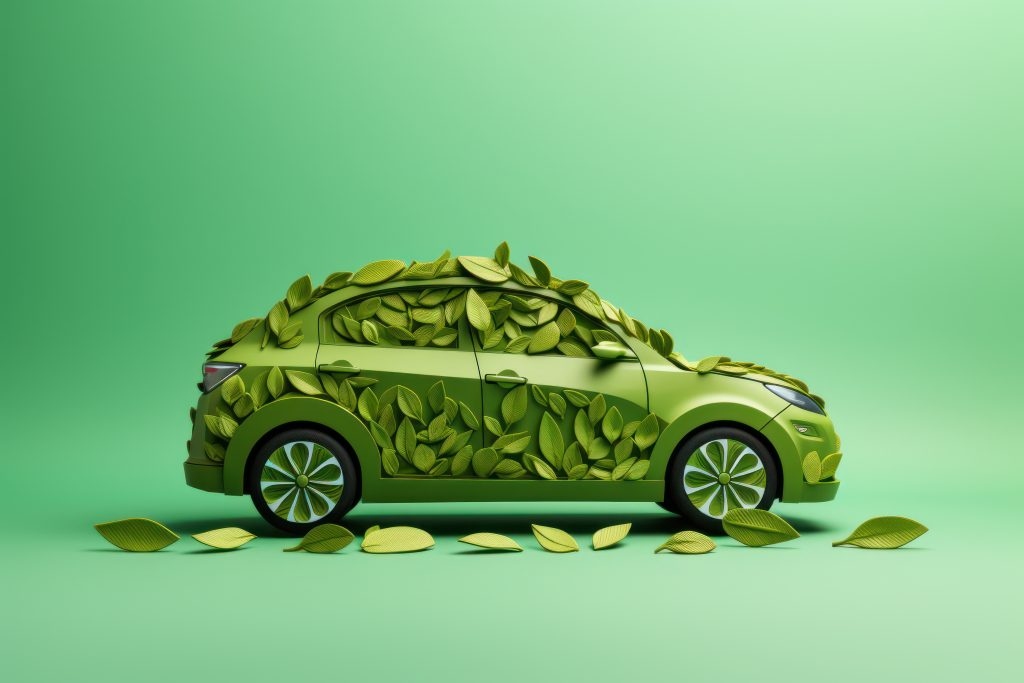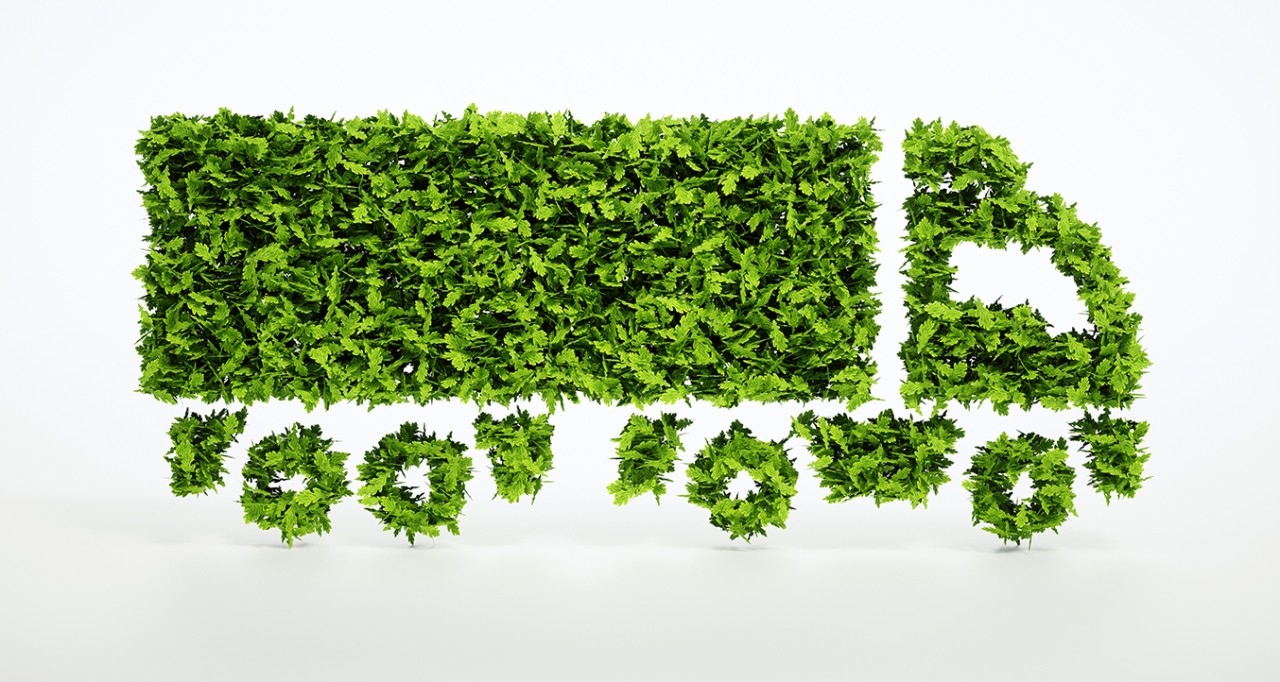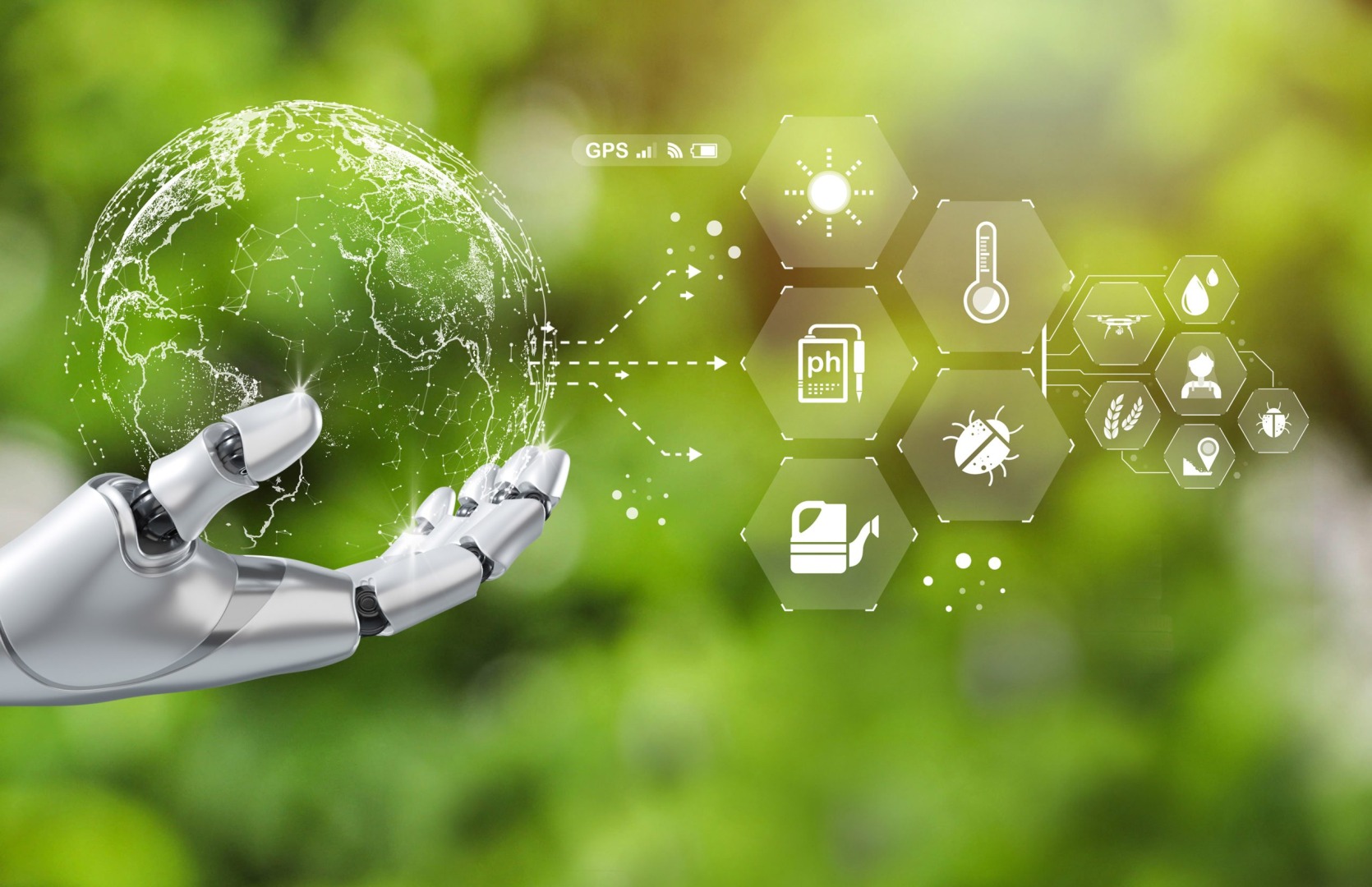This positioning may be influenced by the consumer’s political orientations or by a national cultural context, but his own intentions are the main roots.
I see 4 levels of intentions, corresponding to a more or less important commitment in energy transition.
Capture Subsidies
In all countries, governments and legislators provide grants to influence purchasing habits, investments and sometimes life-style behaviors. Energy transition are no exception: subsidies for energy savings and specific actions contributing to it, subsidies for solar panels, subsidies for cogenerators, etc.
Some consumers see these subsidies as a short-term economic opportunity: their heating system needs to be replaced; why not choose a subsidized boiler? Whatever technology is used, its advantage is to cost less.
The suppliers of energy, energy equipment or energy services to these customers adapt their sales arguments and highlight the capacity offered by their offering to capture subsidies. The interest of their customers no longer being the value and the quality of their offer, some even tend to neglect them. They become sellers of subsidies…
In addition, when a country subsidizes a technology, cogeneration for example, many players mobilize and promote this technology, sometimes blindly, to the detriment of the search for the solution best suited to each client.
Reduce the Energy Bill
The level of commitment associated with this intention is greater because, for many consumers, reducing the energy bill has a wider impact, particularly from an environmental standpoint.
However, when the intention is to reduce the bill, the expected savings and the (supposed) ease of achieving them are the main criteria for decision and … motivation of the consumer.
He is therefore looking for opportunities: he is waiting for a list of products and services from which he will be able to draw and find the most profitable avenues. He will choose to install a photovoltaic panel, equip himself with an electric car or an energy monitoring system.
Suppliers targeting these customers need a basket of solutions and actions that are independent of each other. Customers choose, without guarantee of loyalty, loyalty or continuity in their choice of supplier.
Rely on an Additional Source of Progress
Consumers with this intention clearly understand that there is no opposition between environmental protection (one of the main challenges of energy transition) and profitability.
They believe or have been able to verify that energy offers a new angle from which to observe their activity, allowing the discovery of many previously untapped productivity tracks. It is, for example, by analyzing the energy consumption profiles of their machines that manufacturers make additional productivity.
They therefore do not only need a basket of solutions but, sometimes, additional support or skills helping them to grab these new opportunities for progress. At this stage, a first level of sustainable collaboration can be established around an approach of continuous progress.
Suppliers need, at this stage, a better knowledge of their customers’ business and a close proximity to them: the issue of competence is a real difficulty for the smallest suppliers, that of proximity is for the biggest.
Engage Your Company in the Energy Transition
These consumers are no longer taking advantage of or following energy transition but personifying them; for questions of the values of their manager but also for economic questions.
Embodying a transition is a long-term commitment: the solutions sought must also take place over time; they feed a continuum of coherent and complementary actions. For these consumers, it is a question of redirecting energy choices, optimizing economic performance and the environmental footprint linked to energy, and developing their profession for this.
Their suppliers are therefore carriers, through their offer, of this consistency, animated, through their customer relationship, of the spirit of necessary partnership and guarantors, through their mode of action, of a medium and long intention term.
Are there suppliers responding to all customers?
The task is tough because, beyond having an offering adapted to each of them, it is important to present them to meet each of the intentions. Reaching multiple targets with the same web page, the same brochure, the same sales pitch is a headache.
Beyond this marketing issue, suppliers of energy, energy equipment or energy services are themselves locked into their own intentions: unable to respond to consumers more engaged than them, scaring consumers less engaged.
Would the big marketing challenge be to make consumers’ intentions coincide with those of suppliers in terms of energy transition?
Click here to read other articles of the same author.






Comments